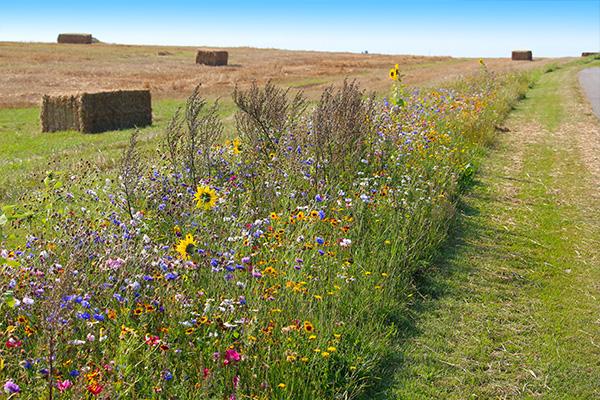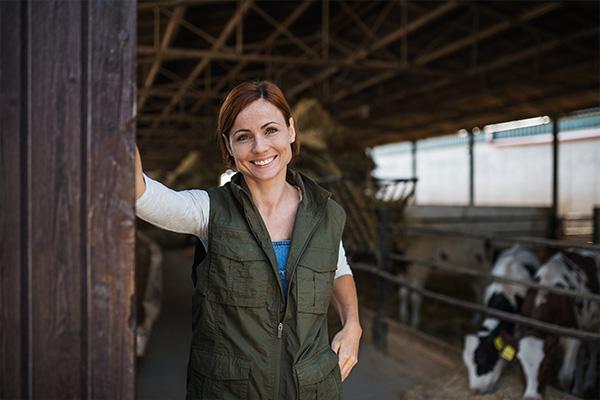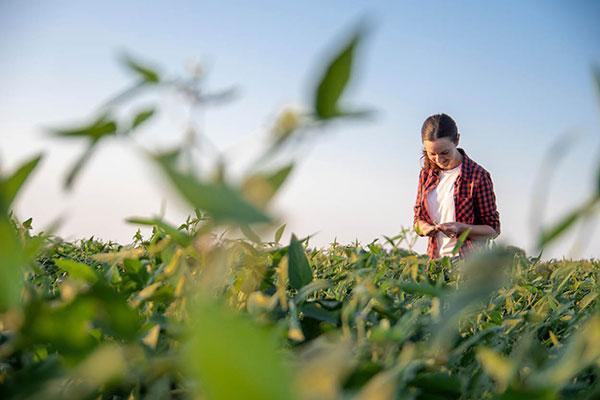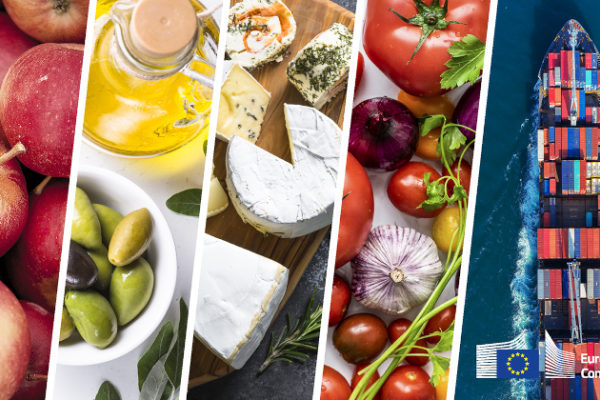The Complementary redistributive income support for sustainability explained
The complementary redistributive income support for sustainability (CRISS) replaces the redistributive payment scheme that was active during the period of 2014-22.
The CRISS is one of the common agricultural policy's (CAP) tools to ensure fairness by redistributing income support from larger to smaller or medium-sized farms.
Fairer distribution is one of the key objectives of the CAP 2023-27. At the EU level, the income per Annual Work Unit (AWU) increases, on average, with physical farm size. This phenomenon primarily reflects economies of scale: the larger the farm, the lower the unit cost, and typically the higher the income per worker.
Aims of the CRISS
The main goal of CRISS payments is to promote more balanced distribution of income support to small and medium-sized farms.
EU countries must allocate at least 10% of the adjusted direct payments’ envelope to this specific intervention. However, they have a possibility to derogate from this mandatory requirement (for example allocate less than the minimum required percentage of direct payments’ envelope to the CRISS or not implement the CRISS at all), if and only if they can demonstrate that redistribution needs are sufficiently addressed by other European agricultural guarantee fund (EAGF) tools.

The CAP supports rural communities and facilitates the essential roles that agriculture and forestry play in wider society.

The CAP sets out to tackle climate change, protect natural resources and enhance biodiversity in the EU.

Agriculture and forestry can provide sustainable economic rewards for farmers, forest managers, and the EU as a whole.
The CRISS in practice
The CRISS is:
-
an annual decoupled payment per eligible hectare (‘the first hectares’) to farmers entitled to a payment under the basic income support for sustainability (BISS).
EU countries have, within the limits established by the CAP legal framework, a significant flexibility to tailor the CRISS design to their redistribution needs and farm structure, for instance by:
-
setting up the maximum threshold,
-
applying different ranges of hectares,
-
establishing different unit amounts per range,
-
differentiating the support by the groups of territories applied under the BISS,
-
excluding from the CRISS larger holdings whose physical farm size exceeds a certain limit.
The CRISS is an extra payment for the first hectares to farmers who are entitled to the BISS. To better target this complementary support and in view of the differences in farm structures across the EU, EU countries can:
-
provide complementary support for different ranges of hectares, and/or
-
differentiate the level of payment by regions or by groups of territories applied under the BISS.
As a key novelty of the 2023-27 CAP, EU countries must dedicate at least 10% of their adjusted financial allocation for direct payments (after transfers between funds) to CRISS to increase payments received by smaller and medium-sized farms. A derogation to this rule can be requested if EU members demonstrate that redistribution needs are sufficiently addressed through other instruments and interventions financed by the European agricultural guarantee fund (EAGF), such as:
-
the payment for small farmers (PSF),
-
coupled income support (CIS),
-
internal convergence, or
-
the capping and degressivity (gradual reduction) of payments.
Legal basis
The Complementary redistributive income support for sustainability (CRISS) established under Regulation (EU) 2021/2115 (Chapter 2 of Title II, Article 29) replaces the Redistributive payment under Regulation (EU) 1307/2013.
Related links
Why income support to farmers is important, different schemes for direct payments.
A simplified direct payment scheme for small farmers.




